
Dive into the rich tapestry of the Persian language as we explore the cultural nuances, expressions, idioms, and traditions that define it. This article offers insights into the beauty of speaking Persian, painting a vivid picture of its historical and contemporary significance.
Introduction
The Persian language, a melodious blend of history, poetry, and culture, is more than just a means of communication. It’s an art form. A dance of words and phrases that reveals much about the Persian psyche, way of life, and the intricate tapestry of its culture.
Understanding Persian means delving deep into its idiomatic expressions, deciphering the nuances, and appreciating the traditions that have shaped it.
So, let’s start this journey!
Best Farsi Learning Resource!
The Historical Context of the Persian Language
Known as one of the world’s ancient languages, Persian, or Farsi as it’s locally termed, has evolved over millennia. It’s an Indo-European language, and its roots can be traced back to the regions of Persia, today’s Iran. With time, its influence spread, seeping into neighboring regions and leaving an indelible mark on various cultures and civilizations.
Expressions: A Window to the Persian Soul
Expressions and idioms in any language are not just mere combinations of words; they are a reflection of the history, culture, and shared experiences of its speakers. These linguistic gems often capture complex ideas, beliefs, and observations about life, society, and nature, in succinct and memorable ways. In Persian, like in many ancient cultures, these expressions offer an unparalleled window into the soul of its people.
Take, for instance, the phrase “یه دست صدا نداره” (ye dast sedâ nadâre) which literally means “One hand has no sound”. At face value, it might seem puzzling to you why “One hand has no sound” would mean anything significant. However, the cultural underpinnings become clear when it is juxtaposed against its English counterpart, “Many hands make light work.” Both idioms, though originating from different worlds, emphasize the power of collaboration and the idea that tasks become easier when shared.
The beauty of such expressions lies in their ability to convey universal truths, regardless of their linguistic origins. Through them, we can see the interconnectedness of human thoughts, emotions, and experiences across different times and cultures.
Idioms: The Poetry of Everyday Speech
The Persian language, with its ancient roots and rich literary tradition, is a treasure trove of poetic expressions, many of which are embodied in its idioms. These idioms, much like the Persian miniatures, capture vast landscapes of emotions, observations, and wisdom within the confines of a few words. Just as Hafez, Rumi, and Khayyam wove intricate tapestries of thought and feeling into their verses, the everyday Persian speaker unknowingly partakes in this poetic dance when employing idioms in casual conversations.
Each idiom is like a drop of Persian poetry, evoking vivid imagery, profound emotions, and layers of cultural history, making the act of speaking Persian akin to painting a lyrical canvas with words.
To truly grasp the depth of these idioms, one must understand that they are not just relics from the past but living testaments to the Iranian ethos. They embody the collective wisdom, humor, and observations of countless generations, painting a vivid picture of the Iranian psyche.
For example, a Persian speaker says “گوش به زنگ باش” (Goosh be zang bash), translating literally to “Have your ear to the bell”, actully this idiom is similar to the English “Keep your ears peeled” which means to be attentive or on the lookout for something. Such idioms breathe life into the mundane and allow for an expressive and nuanced way of communicating, ensuring that the poetry of ancient Persia continues to resonate in the chatter of everyday life.
- Learn Farsi in 100 Days: The Ultimate Crash Course to Learning Farsi Fast
- Read and Write Persian Language in 7 Days
- Farsi Conversation: Learn the Most Common Words and Phrases Farsi Speakers use Every Day
- 200 Absolutely Essential Persian Verbs
Traditions: The Lifeblood of Language

The Persian language, with its rich tapestry of history and nuance, acts as a vital thread weaving together the multifaceted traditions of Iran. Events such as Nowruz (the time-honored celebration of the Persian New Year), derive much of their cultural resonance from the linguistic expressions that accompany them. Similarly, the timeless verses of poets like Rumi are anchored in the depths of the Persian language, granting them an ethereal quality that continues to captivate and inspire subsequent generations. Through its words and structures, the language not only preserves but also rejuvenates the nation’s cherished customs, bridging the past with the present and ensuring their relevance in the future.
The Influence of Persian on World Literature

Persian literature, encapsulated in the mesmerizing verses of Hafez and the deep insights of Saadi, has cast a wide net of influence on global literary traditions. The language, replete with its rich metaphors and rhythmic flow, not only stands as a testament to the region’s historical and cultural richness but also seamlessly intertwines the dichotomies of East and West, and the ancient with the contemporary. Writers and poets from diverse backgrounds have found inspiration in its depths, resonating with its universal themes of love, loss, and transcendence. As such, Persian literature serves not just as a repository of regional wisdom, but as a universal bridge that binds different eras and cultures, facilitating a dialogue of shared human experience.
The Beauty and Challenge of Learning Persian
Learning Persian is like weaving through a maze. It’s challenging, sure, but the beauty lies in discovering the cultural gems hidden within its complex structure. Every phrase, every idiom, and every tradition is a testament to the rich history of the Persian-speaking world.
The Future of Persian
In the digital age, languages evolve and adapt. Persian, with its deep roots, continues to flourish, assimilating modern elements without losing its essence. It’s a language of resilience, of poetry, and of a culture that refuses to fade into obscurity.
Conclusion
Embarking on the journey of understanding Farsi is like unlocking a treasure trove of history, culture, and tradition. Through its expressions, idioms, and traditions, the Persian language provides a beautiful canvas painting a vivid picture of the regions it represents. While the challenges of mastering it might seem monumental, the rewards, in terms of cultural insights and appreciation, are unparalleled.
FAQs
At first, what is the difference between Farsi and Persian?
In fact, Farsi is the indigenous term for the language spoken in Iran. Persian, on the other hand, is the English term for the language spoken in Iran, Afghanistan (where it’s known as Dari), and Tajikistan (as Tajik).
How many people speak the Farsi language worldwide?
Approximately 110 million people speak Persian globally, with the majority residing in Iran, Afghanistan, and Tajikistan.
Why are idioms important in understanding the Persian culture?
Idioms often encapsulate the history, values, and beliefs of a culture. In Persian, idioms provide insights into the way of life, mindset, and humor of its people.
Do the Persian language and Arabic have the same script?
While Persian uses a script similar to Arabic, it has its own set of characters and sounds. Additionally, the Persian grammar and vocabulary are distinct from Arabic.
What makes Persian poetry renowned worldwide?
Persian poetry, with its lyrical beauty and profound wisdom, touches on universal themes of love, life, and spirituality, making it relatable and revered globally.
Is it challenging to learn Persian for English speakers?
While Persian has its complexities, the grammar is relatively straightforward. The challenge mainly lies in understanding the cultural context and nuances.
Special Offers!
by: Learn Persian Online Team about (category: Blog)
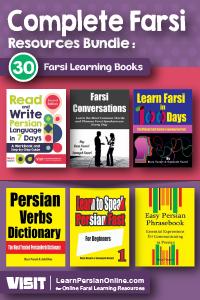

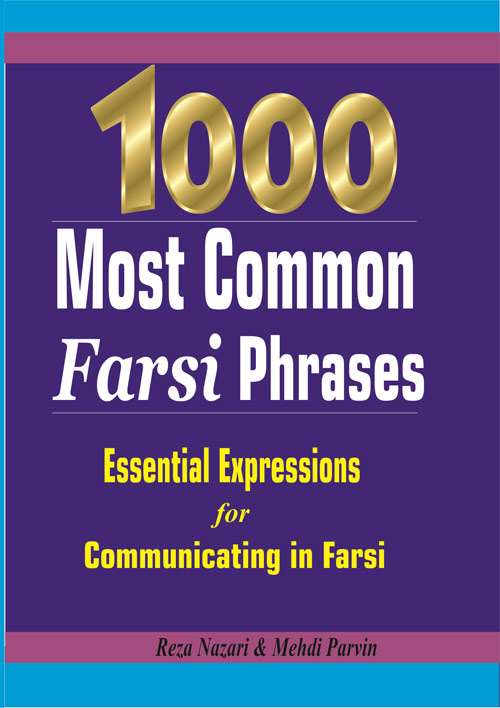

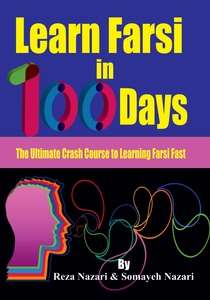






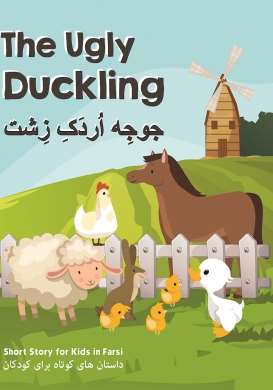
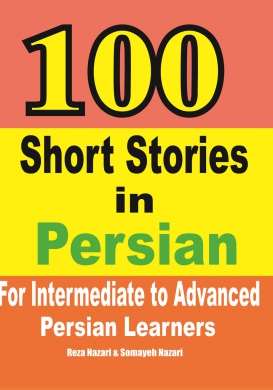




What people say about "The Cultural Nuances of Speaking Persian: Expressions, Idioms, and Traditions"?
No one replied yet.